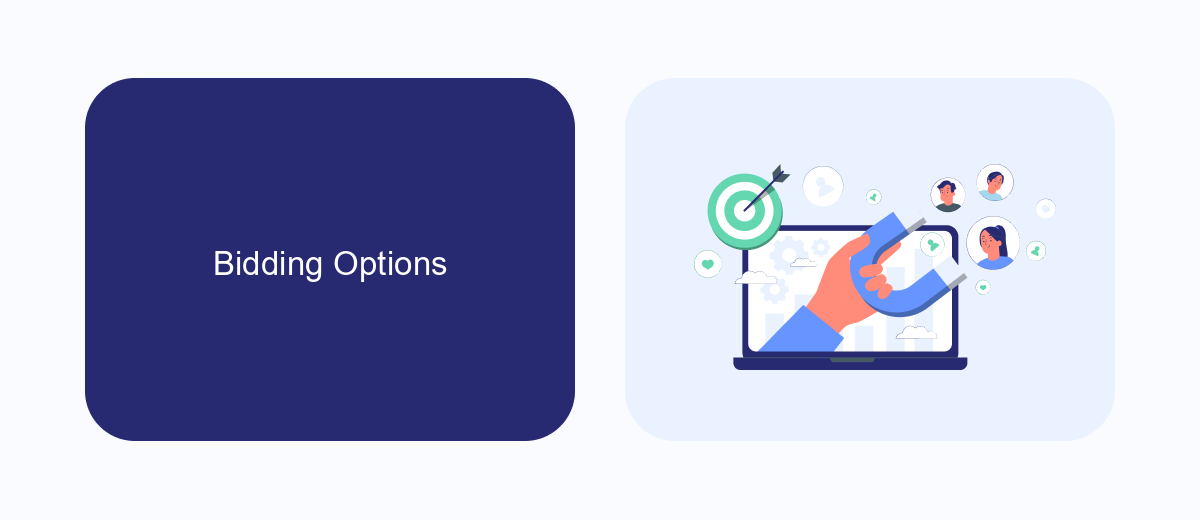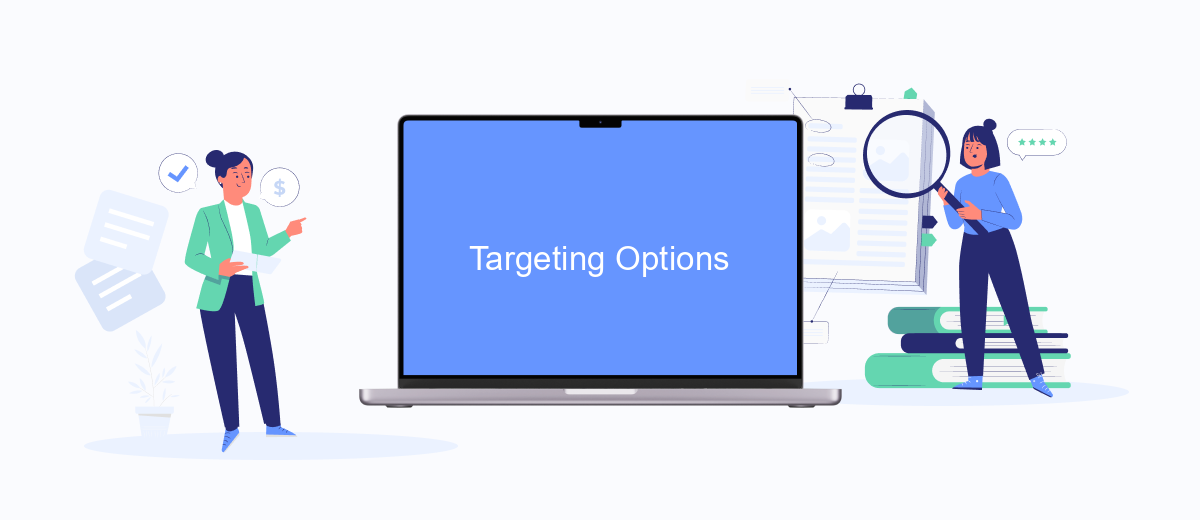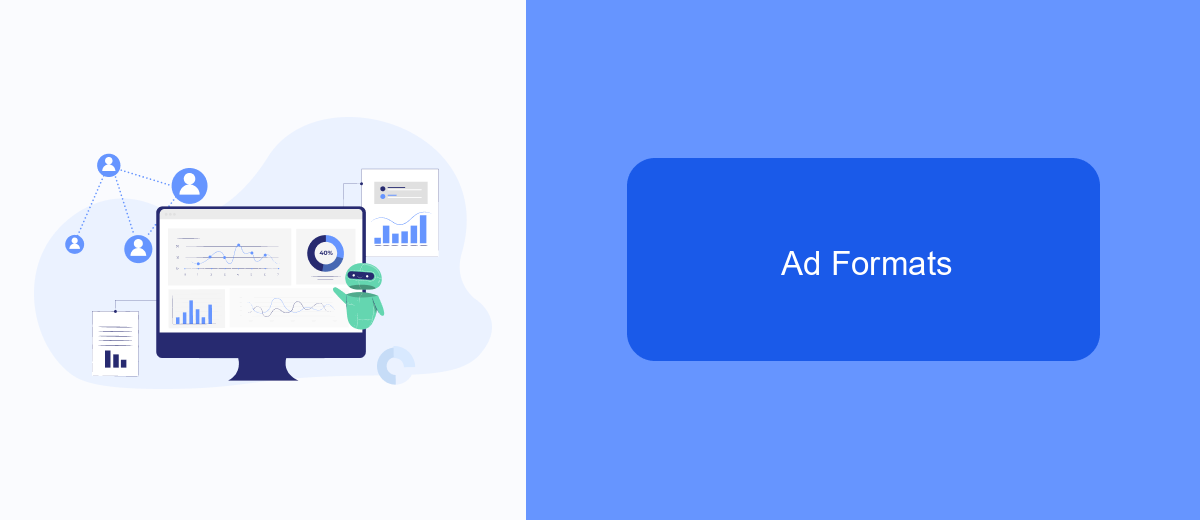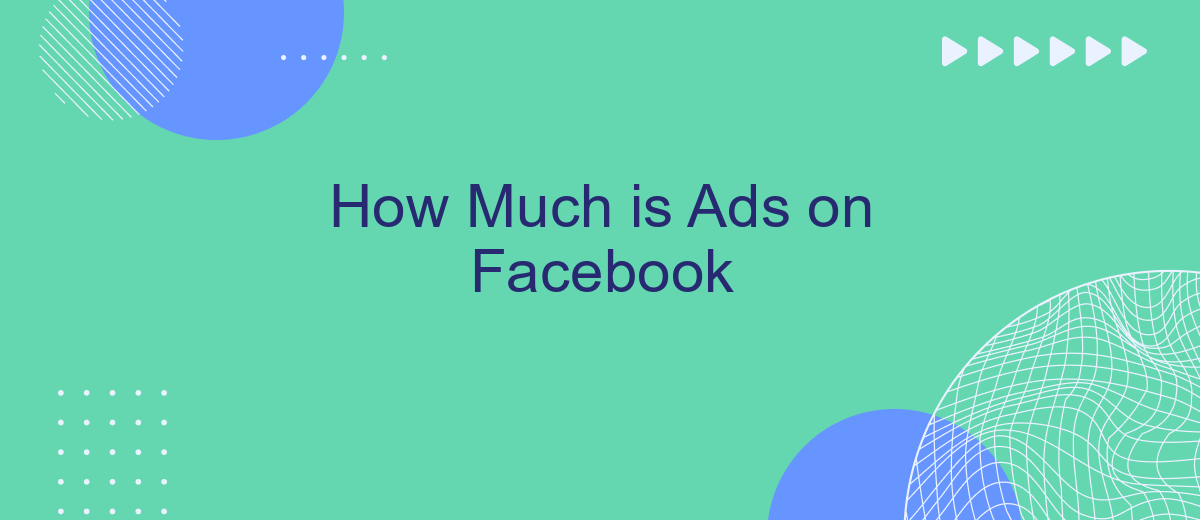Understanding the cost of advertising on Facebook is crucial for businesses aiming to maximize their marketing budget. With over 2.8 billion monthly active users, Facebook offers a vast audience for targeted ads. However, the price of these ads can vary widely based on factors such as audience demographics, ad placement, and competition. This article delves into the key elements that influence Facebook ad costs.
Facebook Ads Cost
Understanding the cost of Facebook Ads is crucial for budgeting and planning your marketing strategy. Several factors influence the pricing, including your target audience, ad placement, and competition within your industry. By grasping these elements, you can optimize your ad spend and achieve better results.
- Ad Objective: Different objectives like conversions, clicks, or impressions can affect the cost.
- Audience Targeting: Narrowing down your audience can increase costs but improve relevance.
- Ad Placement: Costs vary depending on whether your ad appears in the news feed, stories, or sidebars.
- Competition: High competition for your target audience can drive up prices.
- Quality Score: Higher quality ads often cost less per click or impression.
To streamline your Facebook Ads campaigns, consider using SaveMyLeads. This service automates the process of integrating your Facebook Ads with other tools, helping you manage leads more efficiently and reduce manual effort. By leveraging SaveMyLeads, you can focus on optimizing your ad performance and achieving your marketing goals.
Bidding Options

When it comes to advertising on Facebook, understanding the different bidding options available can significantly impact your campaign's success. Facebook offers several bidding strategies, each tailored to achieve specific objectives. The most common options include Cost Per Click (CPC), Cost Per Thousand Impressions (CPM), Cost Per Action (CPA), and Cost Per Like (CPL). CPC is ideal if you want to drive traffic to your website, while CPM focuses on brand awareness by maximizing the number of times your ad is shown. CPA is designed for advertisers looking to achieve a specific action, such as a purchase or sign-up, and CPL is best suited for increasing your page's likes.
To optimize your bidding strategy, consider using integration services like SaveMyLeads. This platform can automate lead data transfer from Facebook ads to your CRM or email marketing tools, ensuring timely and accurate follow-up with potential customers. By leveraging SaveMyLeads, you can streamline your lead management process, allowing you to focus on refining your bidding strategy and maximizing ROI. Whether you're a small business or a large enterprise, understanding and utilizing Facebook's bidding options effectively can lead to more efficient and successful advertising campaigns.
Targeting Options

Facebook offers a variety of targeting options to help advertisers reach their desired audience effectively. By leveraging these options, businesses can ensure their ads are seen by the right people, maximizing the efficiency of their advertising budget.
- Demographic Targeting: Target users based on age, gender, education, relationship status, and more.
- Location Targeting: Reach users in specific geographic areas, from countries and cities to postal codes.
- Interest Targeting: Show ads to users based on their interests, activities, and pages they have liked.
- Behavioral Targeting: Target users based on their purchasing behaviors, device usage, and other activities.
- Custom Audiences: Upload your own customer lists to target existing customers or leads.
- Lookalike Audiences: Find new users similar to your existing customers by creating lookalike audiences.
To further enhance your targeting strategy, consider using integration services like SaveMyLeads. This tool allows you to automate the process of capturing leads from Facebook ads and sending them directly to your CRM or other marketing tools, ensuring you never miss a potential customer.
Ad Formats

When advertising on Facebook, choosing the right ad format is crucial to achieving your marketing goals. Facebook offers a variety of ad formats to suit different business needs and objectives. Each format has its unique features and advantages, allowing you to tailor your ads to your target audience effectively.
One of the most popular ad formats is the image ad, which is simple yet highly effective for brand awareness and engagement. Video ads, on the other hand, allow you to convey more information and capture attention with motion and sound. Carousel ads enable you to showcase multiple products or features in a single ad unit, making them ideal for e-commerce businesses.
- Image Ads
- Video Ads
- Carousel Ads
- Slideshow Ads
- Collection Ads
- Instant Experience Ads
To maximize the effectiveness of your Facebook ads, consider using integration services like SaveMyLeads. This platform helps you automate lead generation by connecting your Facebook ads with various CRM systems and other tools, ensuring that you never miss a potential customer. By leveraging these ad formats and integration services, you can optimize your advertising strategy and achieve better results.
Measuring ROI
Measuring the ROI of your Facebook ads is crucial for understanding their effectiveness and optimizing future campaigns. To start, you should track key performance indicators (KPIs) such as click-through rates (CTR), conversion rates, and cost per acquisition (CPA). These metrics can be monitored using Facebook Ads Manager, which provides detailed insights into how your ads are performing. Additionally, integrating Google Analytics can help you track user behavior on your website after they click on your ads, giving you a more comprehensive view of your campaign's impact.
For more advanced tracking and automation, consider using services like SaveMyLeads. This platform allows you to seamlessly integrate Facebook Lead Ads with your CRM or email marketing tools, ensuring that all leads are automatically captured and followed up with. By using SaveMyLeads, you can streamline your workflow and focus on nurturing leads rather than manually transferring data. This not only saves time but also provides more accurate data for measuring ROI, helping you make data-driven decisions to enhance your advertising strategy.
FAQ
How much does it cost to run ads on Facebook?
What is the minimum budget required for Facebook ads?
How can I optimize my Facebook ad spending?
Are there tools available to automate and integrate Facebook ad campaigns?
How do I track the performance of my Facebook ads?
SaveMyLeads is a simple and effective service that will help you automate routine tasks and optimize business processes. Stop wasting time uploading leads from Facebook manually – you can do it automatically, saving a lot of time and money. Eliminate routine from workflows and achieve more with minimal investment of money, effort and human resources.
